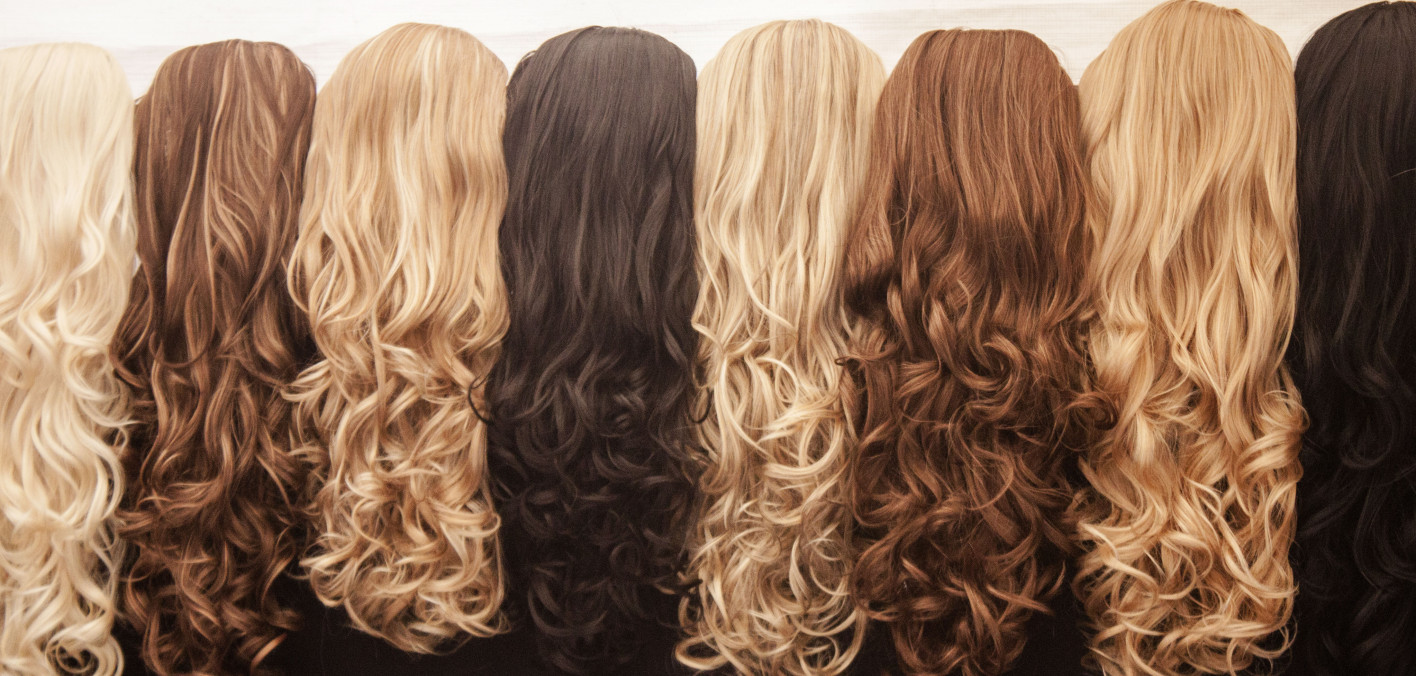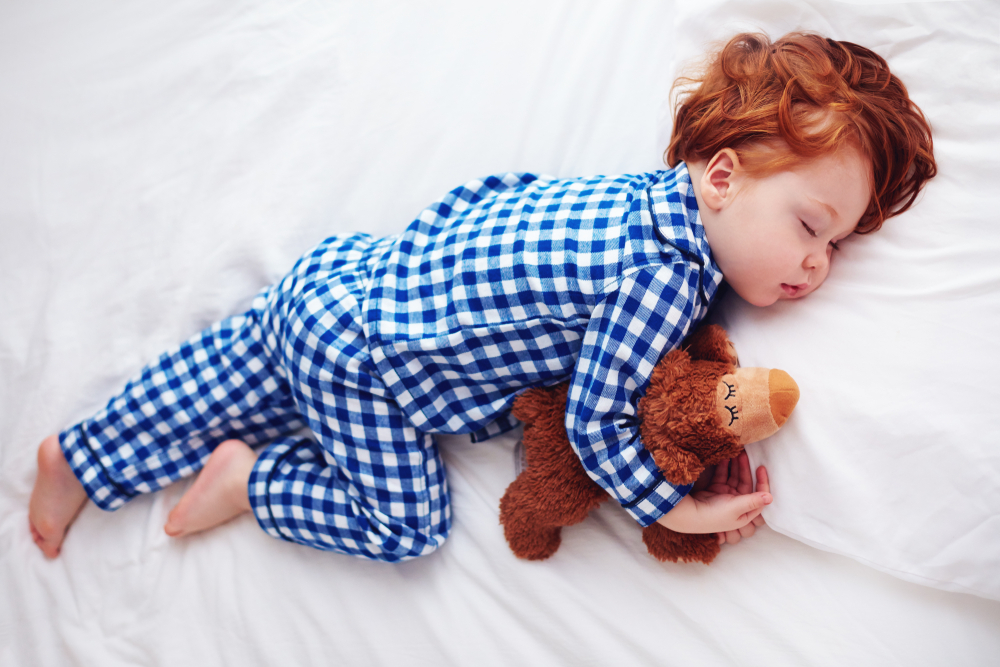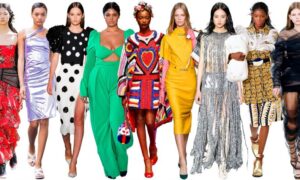LIFESTYLE
What does a daily nutrition lifestyle look like

A healthy nutrition lifestyle is associated with a set of habitual behaviors and attitudes that contribute to people’s well-being . Promoting healthy habits is promoting health and improving quality of life.
Eating is sharing, having a good time, celebrating, getting together with family, with friends. It is also enjoying, eating delicious, trying new flavors and preparations.
Eating is learning and teaching, transmitting customs, family traditions, healthy habits.
Cheer up to cook, rescue our products and recipes, our culinary identity, homemade food. I discovered that cooking can be a pleasant moment.
Eating is much more than feeding ourselves. It is transmitting culture, it is a moment of encounter, of strengthening ties and of transmitting affection.
Why eat healthy? Because it helps you take care of your health, feel and look better, as well as prevent various diseases. That is why food plays a determining role in health care. A healthy diet is one that provides all the essential nutrients and energy that each person needs to stay healthy. Therefore, it is necessary to consume foods from all groups and in the right amounts.
Daily lifestyle nutrition Diet for the world population.
Vegetables and fruits:
This group represents half of the graph. This shows the need to increase its consumption in the daily diet. They are rich in vitamins, minerals, fiber, water and phytochemicals which make them very beneficial for health. How much is the portion? 3 fruits a day and 2 servings of vegetables are recommended, which can be distributed half a plate of vegetables at lunch and half a plate at dinner.
Legumes, cereals, potatoes, bread and pasta:
Potatoes, sweet potatoes, corn and cassava are included in this group because the nutritional composition of these vegetables is more similar to cereals. They are the main source of energy. To make the most of its nutrients, it is convenient to choose whole grains. How much is the portion? Per day, the recommendation is ½ a flat plate at lunch or dinner + 2 mignons, preferably whole wheat, or 3 slices of bread, or 1 cup of sugar-free cereal flakes, or 4-5 crackers.
Milk, yogurt and cheese:
This group is very important for the incorporation of calcium, as well as for its contribution of proteins, zinc, and vitamins. It is recommended that they be preferably skimmed to reduce their fat content.
How much is the portion? 3 portions a day are recommended, for example a cup of milk + a pot of yogurt + a matchbox size piece of fresh cheese.
Meats and eggs:
This group is an excellent source of protein and iron.
How much is the portion? The recommendation is once a day a portion of meat medium size of the palm of the hand or an egg. You also have to take into account the frequency, you should include fish 2 or more times a week, other white meats 2 times a week and red meats up to 3 times a week.
Oils, dried fruits and seeds:
This group provides essential fatty acids commonly called good fats, as well as protein, vitamins, minerals and fiber.
How much is the portion? The recommendation is 2 tablespoons of oil per day preferably raw. You can also add a handful of unsalted dried fruit and/or a tablespoon of unsalted seeds. It is important to respect these amounts as they are a more concentrated source of energy than other foods.
Optional: sweets and fats:
This group is called “optional” since they are not essential to consume, and when they are incorporated, small portions should be chosen. This is because they provide excess calories and few nutrients, their frequent consumption predisposes to obesity, hypertension, diabetes and cardiovascular diseases, among others.
Water:
Water has a central location in the graph, due to its importance for health. The recommendation is to drink 8 glasses of safe water daily.
“The fruit of a good diet is a healthy weight and a state of comprehensive well-being”
Physical activity
Physical activity is considered to be any bodily movement produced by skeletal muscles that requires energy expenditure. With this definition we can say that physical activity encompasses exercise as well as other activities that include movement and that are carried out as part of play, work, active forms of transportation, household chores and recreational activities.
Regular physical activity is a habit that improves your quality of life.
These are some of its benefits:
- Helps achieve and maintain a healthy weight.
- Improves the functioning of the heart, lungs, muscles and bones.
- It allows you to rest better.
- Counteracts stress and increases the feeling of general well-being.
- Help in the prevention and treatment of chronic non-communicable diseases.
From the emotional point of view, regular physical exercise allows you to face life with greater optimism and a better disposition; improving mood and reinforcing self-esteem.
However, despite having so many benefits, in Argentina the 3rd National Survey of Risk Factors (ENFR) revealed that more than half of the population (54.7%) does not reach the recommended levels of physical activity.
Keep an active life! 30 minutes of physical activity every day helps you take care of your health and prevent diseases. 1 hour per day on the move is at least what children and adolescents need. Here are some tips to get you moving:
- I chose the physical activity that you like the most and is within your possibilities.
- Find the best time of day to do it.
- Exercise with family or friends, it’s a good way to stay consistent.
- Start little by little. You can start with 30 minutes of daily exercise and progressively increase the duration or intensity as your physical condition improves.
- Stay active during the day, climb fixed stairs, choose to walk or bike to work, take your dog for a walk, etc.
- Be consistent and set a goal as an encouragement to continue. Exercise at least three times a week.
That the objective is to generate a trend towards a more active lifestyle, through the type of activity, duration, frequency and intensity
LIFESTYLE
Choosing the Perfect Costume Wig with A Guide to Natural Hair Wigs

When it comes to creating the perfect costume or theatrical look, a wig can play a transformative role. Whether you’re dressing up for a special event, a theatrical performance, or simply for fun, choosing the right wig is crucial. In Australia, the popularity of natural hair wigs has been on the rise, offering a realistic and versatile option for those seeking authenticity in their appearance.
Understanding Your Needs
Before diving into the world of wig shopping, it’s essential to understand your specific needs. Consider the character or style you’re aiming to portray. Are you going for a historical figure, a fantasy character, or a modern celebrity look? Knowing the details of your desired style will guide you in choosing the right type of natural hair wig.
Material Matters
Wigs come in various materials, each offering unique benefits. Natural hair wigs, often made from human hair, are prised for their realistic appearance and versatility. In Australia, where the climate can vary, natural hair wigs are preferred for their breathability and comfort. Synthetic wigs, while more affordable, may lack the natural look and feel that human hair wigs provide.
Consider Your Budget
While natural hair wigs are known for their authenticity, they often come with a higher price tag. Before embarking on your wig-shopping journey, set a budget that aligns with your financial comfort. Keep in mind that investing in a quality natural hair wig can pay off in the long run, as they tend to be more durable and offer a more authentic look.
Choose the Right Style and Color
Selecting the perfect style and color is crucial to achieving the desired look. Natural hair wigs in Australia come in a variety of styles, from straight to curly, short to long. Consider the character or look you’re going for, as well as your personal style preferences. Additionally, pay attention to the color – whether you’re matching your natural hair or trying something bold, finding the right shade is key to a convincing appearance.
Focus on Fit and Comfort
Wearing a wig for an extended period can become uncomfortable if the fit is not right. Natural hair wigs are often adjustable, allowing for a customised fit. Look for wigs with adjustable straps or elastic bands to ensure a snug and comfortable fit. Prioritise comfort, especially if you plan to wear the wig for an extended period during events or performances.
Research Reputable Suppliers
When it comes to purchasing natural hair wigs in Australia, it’s crucial to buy from reputable suppliers. Research online reviews, seek recommendations from friends or fellow performers, and ensure the supplier has a history of providing quality wigs. Reputable suppliers often offer a range of styles, colors, and price points, allowing you to find the perfect wig within your budget.
Care and Maintenance
Once you’ve chosen the perfect natural hair wig, proper care is essential to ensure its longevity. Invest in wig care products and follow the recommended care instructions provided by the supplier. Natural hair wigs can be styled and treated similarly to your own hair, but they require gentle care to maintain their quality.
Conclusion:
Choosing the perfect costume wigs , especially natural hair wigs in Australia, involves careful consideration of your needs, budget, and style preferences. Embrace the transformative power of a high-quality wig, allowing you to embody your chosen character or style with confidence. By understanding the materials, fit, and care requirements, you’ll be well on your way to selecting the perfect natural hair wig for your next adventure in the world of costumes and theatrical performances.
LIFESTYLE
Sleep comfortably in pyjamas

Pyjamas are often more comfortable for sleeping than other sleepwear.
Womens pyjama sets are more comfortable than sleeping in a T-shirt or shorts. This is because they have sleeves and legs, which provide warmth and protection from the cold air outside. They also help keep you warm when you’re as little as wearing them around your house at night before bedtime!
Why should you wear pyjamas at home?
Here is a list of reasons why you should consider purchasing pyjamas:
Pyjamas are an excellent option for sleepwear.
Women’s pyjama sets are a good choice for sleepwear. They’re comfortable, easy to wear and they look good too.
Pyjamas are an excellent way to prepare for bed in the morning, whether you’re going on vacation or want something that feels more relaxed than pyjamas. And if you’re planning on lounging around the house all day long, pyjamas can be dressed up with any number of accessories—like tights, socks, and shoes—to create an outfit that works well with whatever else is going on in your closet at home (and maybe even outside).
Some people say that the colours of your pyjamas can change your mood.
Some people say that the colours of your pyjamas can change your mood. For example, if you are in a bad mood and wear dark blue or black pyjamas, they will generate negative energy and worsen your mood. This is because these colours are associated with sadness, depression, and loneliness; therefore, wearing them will increase your body’s stress, which may cause headaches or insomnia.
However, other people claim that wearing bright-coloured clothing makes them feel happier than others who wear duller colours such as grey or navy blue because these colours seem more promising than darker shades which can give off an impression of being more relaxed than their surroundings (i.e., it’s easier to see through).
Some women find it empowering to feel confident in wearing pyjamas as sleepwear.
They feel more relaxed, comfortable, and at ease with their skin when wearing them.
Pyjamas are essential to a woman’s wardrobe; they can be worn during any year’s season. They can be used as bedwear or loungewear, depending on how you want to use them and where you choose to store them when not in use.
Pyjamas are a convenient and comfortable choice as sleepwear.
Pyjamas are a good choice for sleepwear. They’re comfortable and practical, easy to take care of, easy to wear and clean—and they can be worn with anything from t-shirts to blouses.
Pyjamas had come a long way since they were only for pyjama parties or slumber parties (a concept that may still exist). Nowadays, you can get any pyjamas in almost any colour combination imaginable.
Keep in mind a few things:
Using silk pyjamas around electrical devices, like a computer or TV, is not recommended.
Silk is a very soft material, so using silk pyjamas around electrical devices is not recommended. This is because silk can be damaged by electrical appliances and could cause them to short out or malfunction.
If you use your silk pyjamas with a computer, it’s best not to do so while they are on your bed, as there may be static electricity in the air that can damage your computer.
Pyjamas help insomniacs.
Pyjamas are a great way to relax. They’re warm and comfortable, which helps insomniacs get a good night’s sleep. If you have trouble sleeping at night, try wearing pyjamas every night before going to bed. This will help you fall asleep faster and sleep better throughout the night.
Pyjamas are also perfect for staying warm in bed while relaxing or sleeping soundly during winter when temperatures drop below freezing outside (or if your room is under construction).
LIFESTYLE
Luxury sector impatient for return of Chinese tourists

The European luxury sector is welcoming the end of pandemic lockdowns in China, as the return of big-spending Chinese tourists could sustain further growth.
Prior to the pandemic, Chinese tourists visiting Europe were a major source of sales for luxury houses.
The Chinese accounted for “a third of luxury purchases in the world and two-thirds of those purchases were made outside China”, said Joelle de Montgolfier, head of the luxury division at management consulting firm Bain and Company.
Their return has led RBC bank to revise up its growth forecast for the sector this year to 11 percent, from seven percent previously.
“China reopening is one of the key ‘mega-themes’ for the luxury sector in 2023,” RBC Bank said in a recent note to clients.
After a drop in 2020, the luxury sector managed to surpass its pre-pandemic sales in 2021.
“The Chinese consumed, but only in China,” said Bain’s de Montgolfier. “In 2022, it was much more complicated with unexpected confinements in the country,” she added.
Nevertheless, that didn’t hold the sector back from making an estimated 22 percent jump to 353 billion euros (384 billion dollars), according to a November forecast by Bain and Company.
That growth was supported by the wave of post-lockdown US tourists visiting Europe armed with a strong dollar, as well as Korean and Southeast Asian tourists.
Another pleasant surprise was Europeans “who had been ignored for decades… and were more interested in luxury goods than expected”, said Erwan Rambourg, a luxury industry insider turned analyst and author of the book “Future Luxe: What’s Ahead for the Business of Luxury”.
‘More staff’
With the lifting of travel restrictions in China “there will be a considerable return of Chinese tourists but that will be more likely in the second quarter”, said Arnaud Cadart, a portfolio manager at asset manager Flornoy.
“The pandemic is still very active in China and it will affect lots of people.”
The Chinese tourists may be needed if the flow of US tourists slows. “European boutiques need this rebound in Chinese clientele to replace its American clientele which could buy locally,” said Cadart.
They also need to readapt to Chinese customers, who tend to travel in groups, and will join a large number of US tourists.
“There are already lines in front of the boutiques even without Chinese clients… they need more staff,” said de Montgolfier. Otherwise, they risk a “degradation of the experience” of shopping in a luxury boutique.
Another concern: the volume of merchandise that Chinese customers will want to buy is unclear. The sector likes to keep volumes low and does not discount to ensure exclusivity.(AFP)
-

 Entertainment1 year ago
Entertainment1 year agoAdmiral casino biz login
-

 Entertainment2 years ago
Entertainment2 years agoHow Much Does The Rock Weigh
-

 Entertainment2 years ago
Entertainment2 years agoDownload Popular Latest Mp3 Ringtones for android and IOS mobiles
-

 Entertainment2 years ago
Entertainment2 years agoTop 10 Apps Like MediaBox HD for Android and iPhone
-

 LIFESTYLE2 years ago
LIFESTYLE2 years agoWhose Heartland?: The politics of place in a rural–urban interface
-

 Fashion3 years ago
Fashion3 years agoHow fashion rules the world
-

 Fashion Youth2 years ago
Fashion Youth2 years agoHow To Choose the Perfect Necklace for Her
-

 Fashion Today2 years ago
Fashion Today2 years agoDifferent Types Of lady purse
